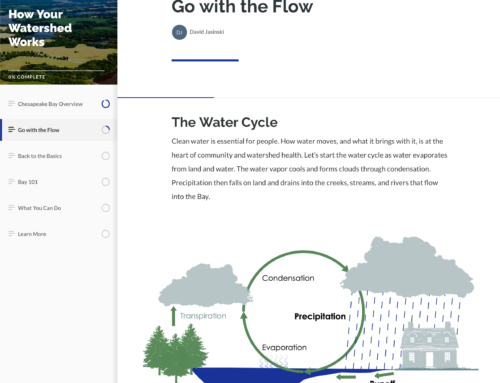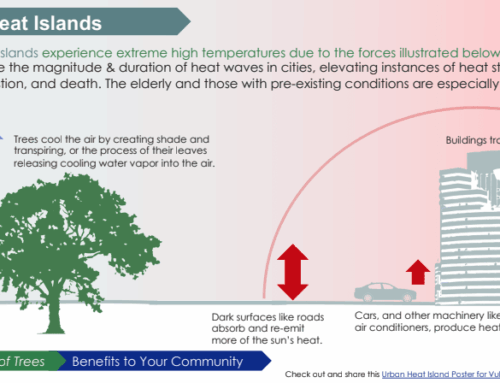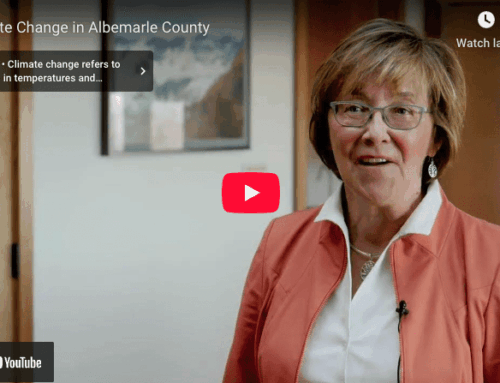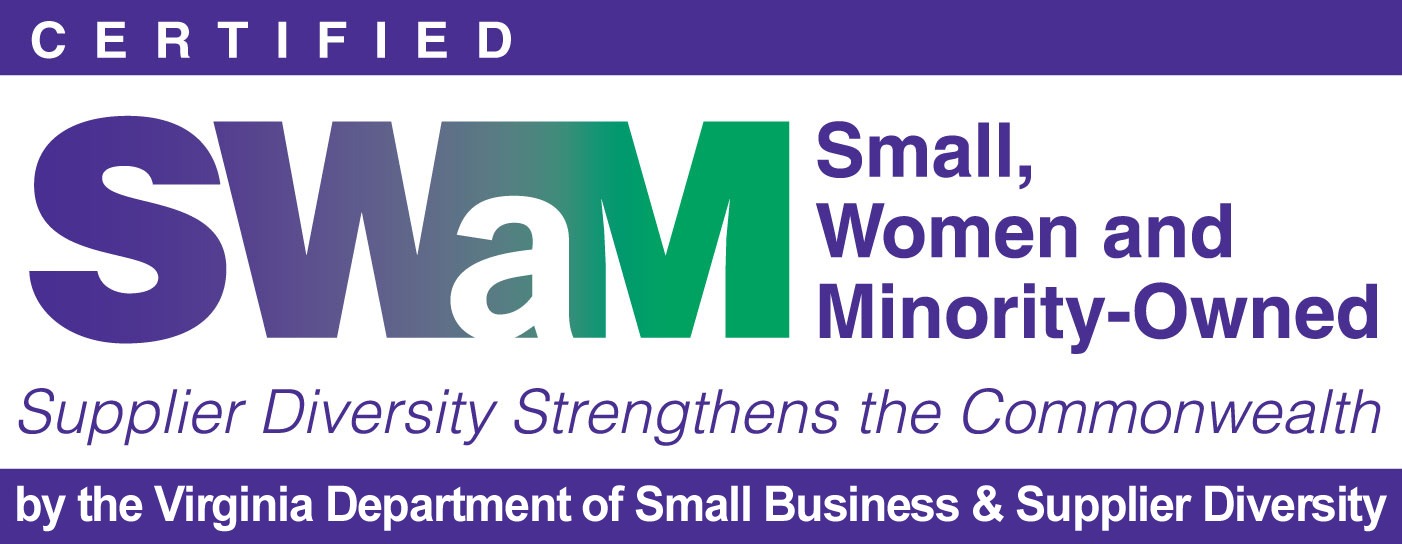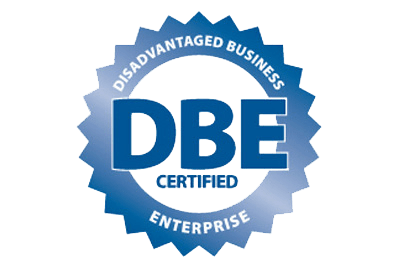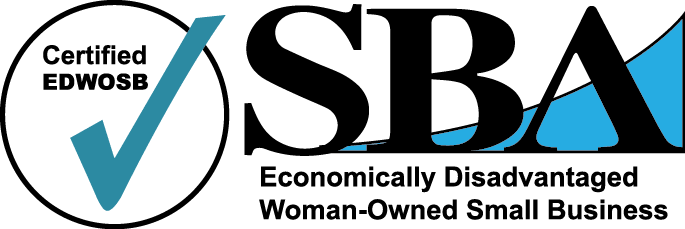Ah, spring! This season brings a welcome awakening from a long winter’s nap, complete with flowers blooming and bees buzzing. But because the yang of life always seems to be served with a healthy dose of yin, for many of us spring also brings the onslaught of dreaded budget discussions and justifying funding for research. We’ve seen otherwise resolute researchers driven back into hibernation at the very thought of speaking to appropriators.
State fiscal years generally begin on July 1 and the federal fiscal year starts on October 1, which means that many researchers and administrators spend much of their spring defending scientific programs and their budgets, particularly those for long-term activities.
These discussions almost always include a debate around why scientific research and monitoring programs should be supported by taxpayers. This gets at the very heart of ‘broader impacts’ or the social benefits of science. Most researchers can make a strong case for the social relevance of their work, but it can often take high-stress budget conversations to highlight those connections to the people who control the budgets.
It’s also becoming more and more commonplace for funders to evaluate projects based on community connections, outreach, stakeholder engagement, and other ways to assess broader impacts. The lesson is clear: if you aren’t already thinking about how your program serves larger social needs, you should be.
Here are our 3 tips for retaining and attracting public funds to your programs:
1. The best defense is a good offense.
Document how what you do provides public benefits and broader impacts. For example, how does your program influence the following?
- Jobs
- Economic benefits
- Education connections
- Tourism and recreation
- Natural resources
- Public health and safety
- Other programs that rely on your data
We like to use the good old 1-2 punch of statistics + personal stories to relay these impacts. Statistical metrics play to the left side of the brain, while stories play to the right side. So cover your bases, and brains, and combine data with storytelling.
2. Don’t hide your light under a bushel basket.
Share it with the world! If your outreach strategy depends upon scientific journals and professional conferences, you may need to cast off that bushel basket and look for more public-friendly communication outlets. It’s hard to build connections and support if people don’t know what you do.
- Consider developing regular e-newsletters to elected officials, state managers, possible partners, funding organizations, and media outlets.
- Maintain a robust social media presence that highlights and personalizes your work.
- Create a fact sheet to summarize those numbers and stories mentioned in Tip 1 so you’re prepared
- Create branded content that is valuable to other user groups, e.g., classroom curricula, community programming, online portals, maps, etc.
3. It’s a marathon, not a sprint.
Public funds for environmental and science programs are becoming scarcer and the requirements to show social relevance are not going away. Look at this as an opportunity to make your program more sustainable, more resilient, and explore new ideas.
Consider holding a planning session to brainstorm ideas to identify new audiences and applications for your work that will broaden your base of support. We typically work with our clients to develop a communications strategy and an annual work plan tied to target audiences. This step allows you to back calculate what proposals, meetings, presentations, and other communication products will be needed for big events and key dates.
All this may seem like a bit of a burden and resources are probably already stretched a bit thin. In the grand scheme of things, distributing and justifying your science is a good thing. The knowledge should and needs to be shared outside of the scientific tent. Only then can it provide it’s greatest benefit. And, the more that elected officials and the general public understand the benefit to humanity that research dollars provide, the more likely it is that those dollars will be available in the future. It’s up to you to tell the stories and make people understand!


